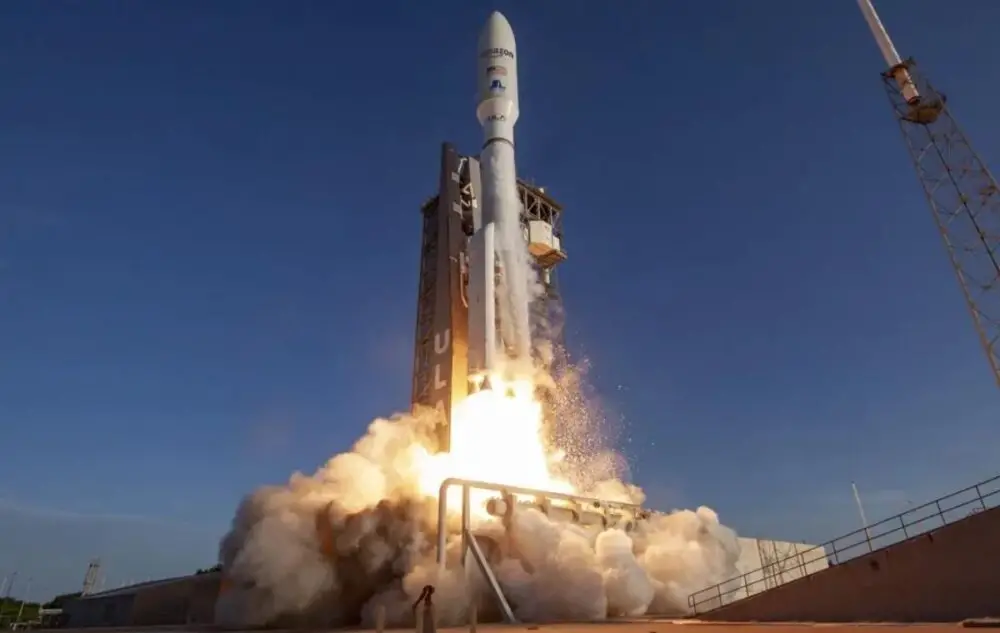As part of Amazon’s Project Kuiper, three new heavy-lift rockets will launch thousands of satellites into low-Earth orbit over the next five years.
The project will use a constellation of 3,236 satellites to offer broadband access.
Starlink, a competitor, is believed to already have more than 2,300 satellites in orbit.
Arianespace, Blue Origin (established by Amazon owner Jeff Bezos) and United Launch Alliance will build the rockets.
According to Amazon, Project Kuiper intends to provide high-speed, low-latency broadband to customers such as homes, businesses, government agencies, disaster relief operations, mobile operators, and other organizations that “operate in regions where connectivity to Reliable internet is not available.”
Users will connect to the Internet through a terminal that communicates with satellites, similar to Elon Musk’s Starlink. Amazon claims its experience shipping and manufacturing devices like the Echo and Kindle will be beneficial in producing and distributing them.
“The Kuiper Project will bring fast, cheap broadband to tens of millions of users in unserved and underserved places around the world,” Dave Limp, senior vice president of Amazon Devices & Services, said in a statement announcing the acquisition.
new rockets
Amazon intends to launch 83 rockets over the next five years, calling it the “largest commercial launch vehicle acquisition in history.”
Later this year, the company planned two “prototype” missions, but they will use an ABL Space Systems rocket instead of the three that most satellites would launch.
The three new rockets used for Project Kuiper launches, unlike Elon Musk’s Falcon 9 rockets, are still in development.
Following the invasion of Ukraine, another satellite internet provider, OneWeb, which is partly controlled by the British government, recently chose to use SpaceX Falcon 9 rockets after losing access to the Russian-made Soyuz rockets it had been using.
Musk hopes to send up to 30,000 Starlink satellites into space.
The value of this form of low-Earth orbit satellite internet has already been demonstrated in Ukraine, where the US Agency for International Development announced that it had helped ship 5,000 Starlink terminals to the country’s government in collaboration with SpaceX.
However, as low-Earth orbit has become increasingly crowded, astronomers have complained that light reflected from these satellites as they pass overhead interferes with their view of the night sky.
“Satellites are literally killing our beautiful night sky,” astronomer Mary McIntyre wrote on Twitter.
During the night of April 2-3, 2022, our SW orientation #RaspberryPi #meteorocamera North Oxfordshire based UK0006 had one of the worst nights we’ve ever seen #satellitetrails. Dotted lines = plane, curved lines = #star trails + there are about 25 meteors. Just awful 🙁 pic.twitter.com/ZLZNK4xgq2
— Mary McIntyre FRAS (she/her) (@Spicey_Spiney) April 4, 2022
There are also concerns that having so many satellites in orbit increases the chance of collisions and increases the problem of space debris.
Subscribe to our latest newsletter
To read our exclusive content, sign up now. $5/month, $50/year
Categories: Technology
Source: vtt.edu.vn
